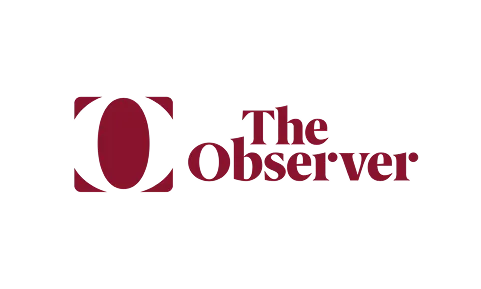Expand
your story.
Nota tools work with your existing ones to expand the reach and impact of the stories you put out in the world.





.png)





.png)





.png)
Products That Deliver Real Results
Less Artificial
More Intelligent
Tools that turn your story into content with an impact.

92%
Reduction in Newsletter
Creation Time
21%
Pageview
Growth

68%
Increase in Content Engagement
37%
Boost in
Social Volume
45%
Higher Conversion Rates
Because Today, Every Company is a Media Company
Boost your revenue, productivity, and engagement and reach new audiences with the Nota suite of tools.
SUM
BRIEF
VID
IMAGE
SOCIAL
LETTER
PROOF
TONE
DRAFT
CLIP
Experience Real Results with Our AI Tools
Hundreds of major organizations and media outlets trust Nota.
View Case Studies
25%
Increase in organic search traffic
40%
Reduction in time spent on non-core tasks
20%
Growth in social media posts
75%
Decrease in time spent optimizing pre-published articles















